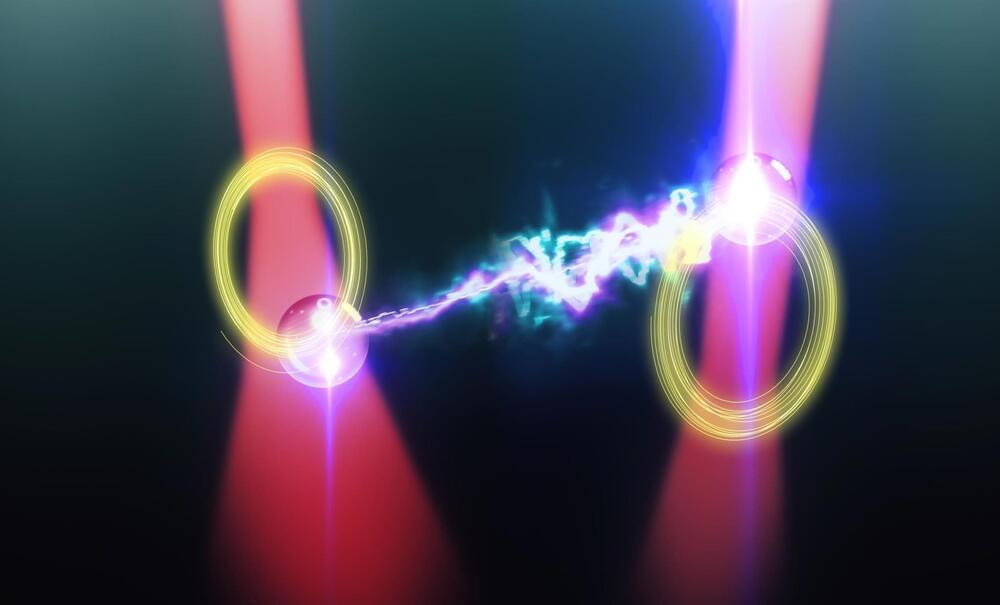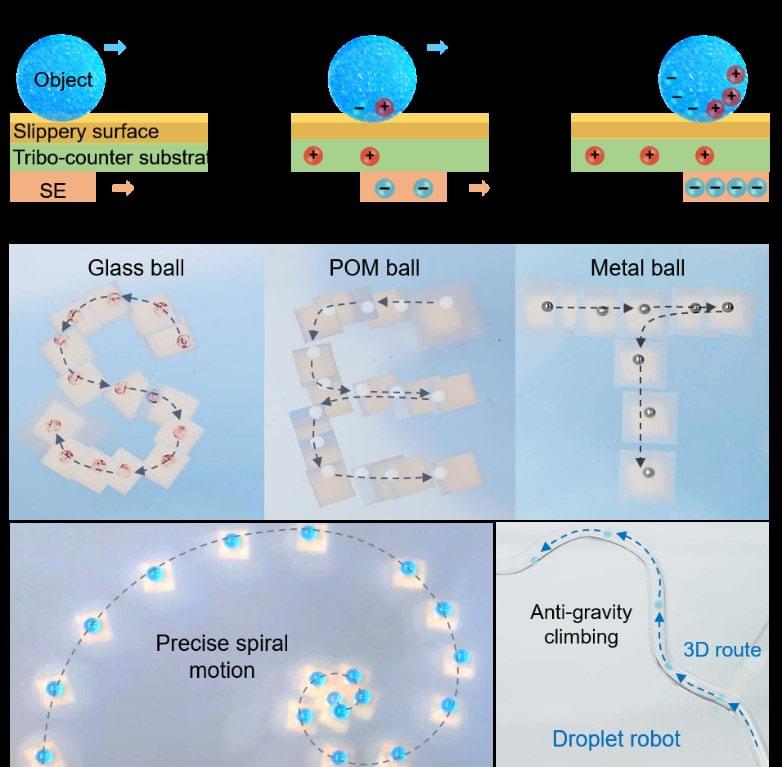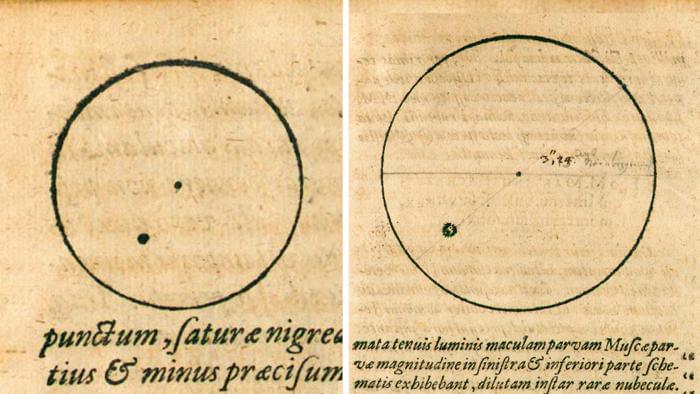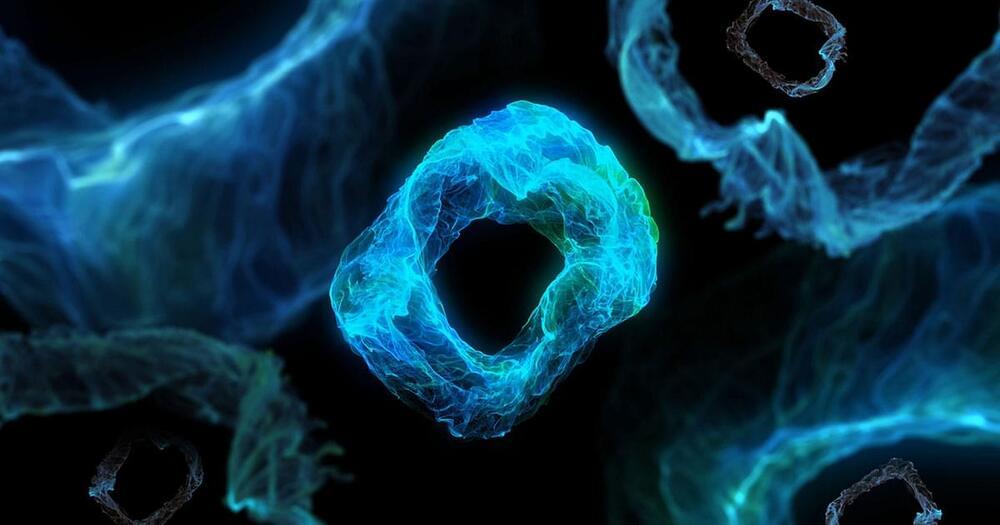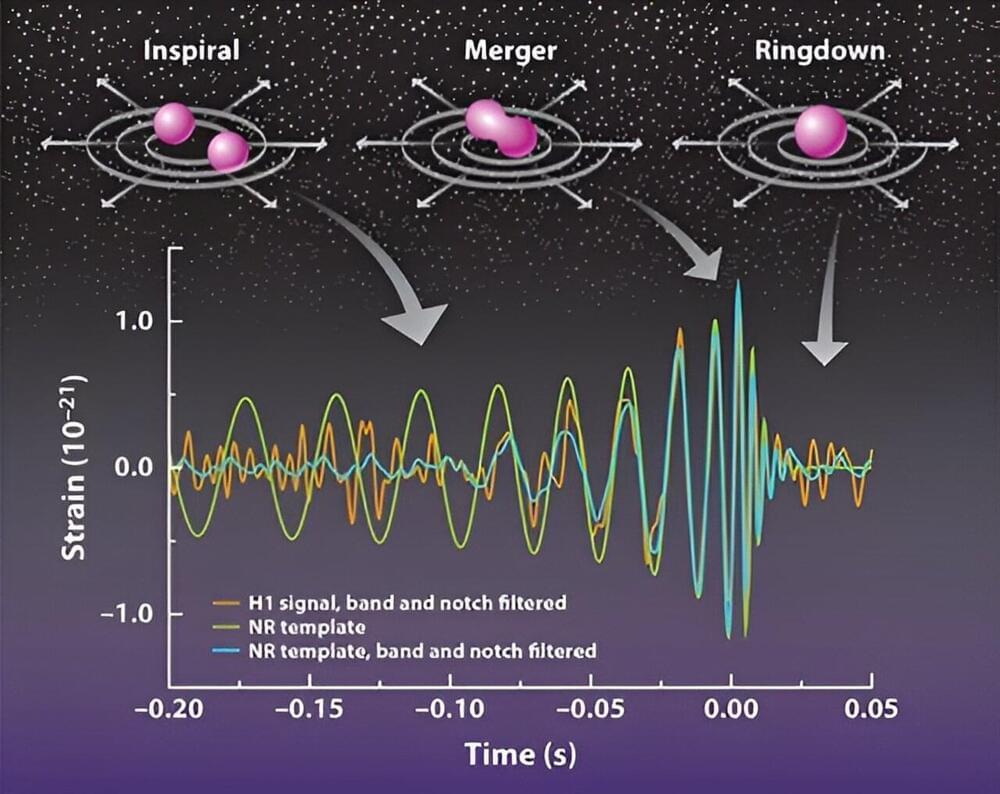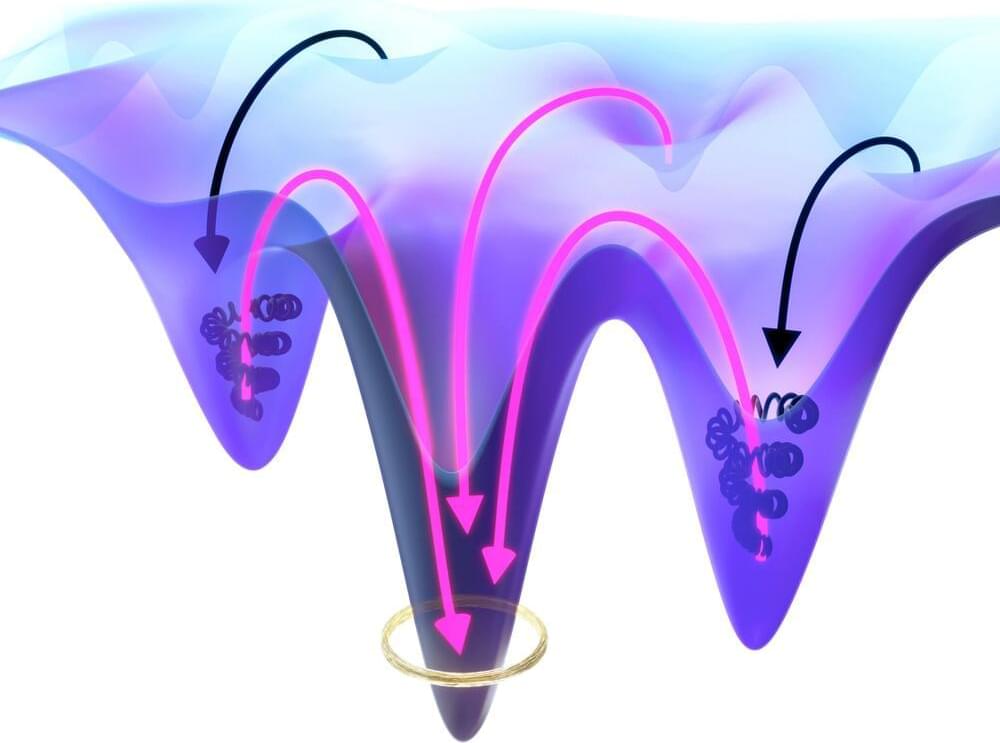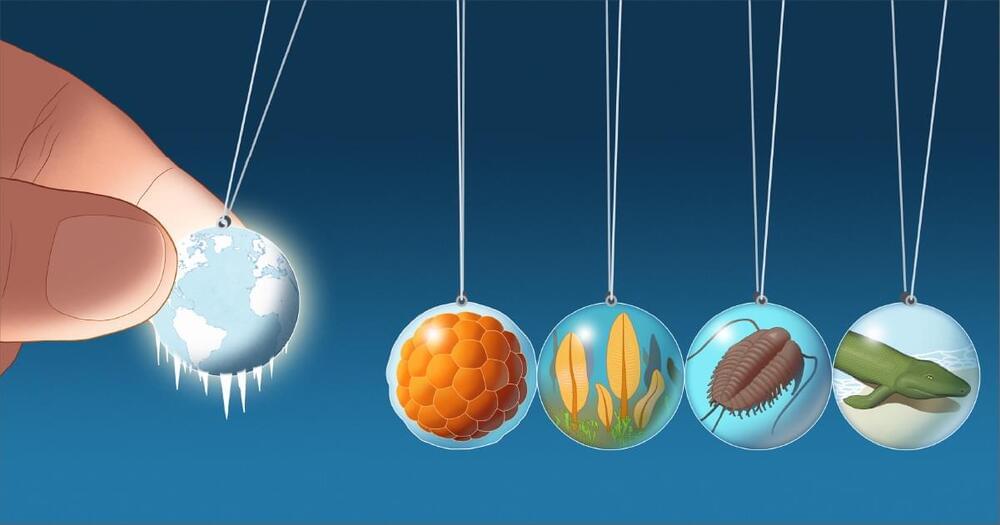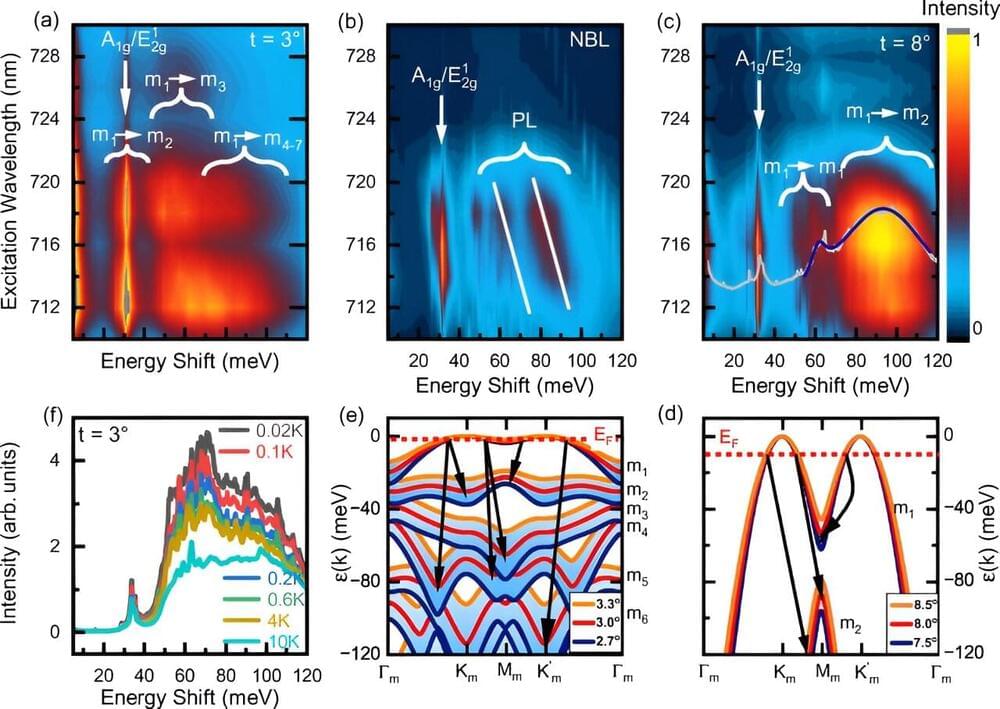Using two optically trapped glass nanoparticles, researchers observed a novel collective Non-Hermitian and nonlinear dynamic driven by nonreciprocal interactions. This contribution expands traditional optical levitation with tweezer arrays by incorporating the so-called non-conservative interactions. Their findings, supported by an analytical model developed by collaborators from Ulm University and the University of Duisburg-Essen, were recently published in Nature Physics.
Understanding Nonreciprocal Interactions
Fundamental forces like gravity and electromagnetism are reciprocal, meaning two objects either attract or repel each other. However, for some more complex interactions arising in nature, this symmetry is broken and some form of nonreciprocity exists. For example, the interaction between a predator and a prey is inherently nonreciprocal as the predator wants to catch (is attracted to) the prey and the latter wants to escape (is repelled).
